Blog
-
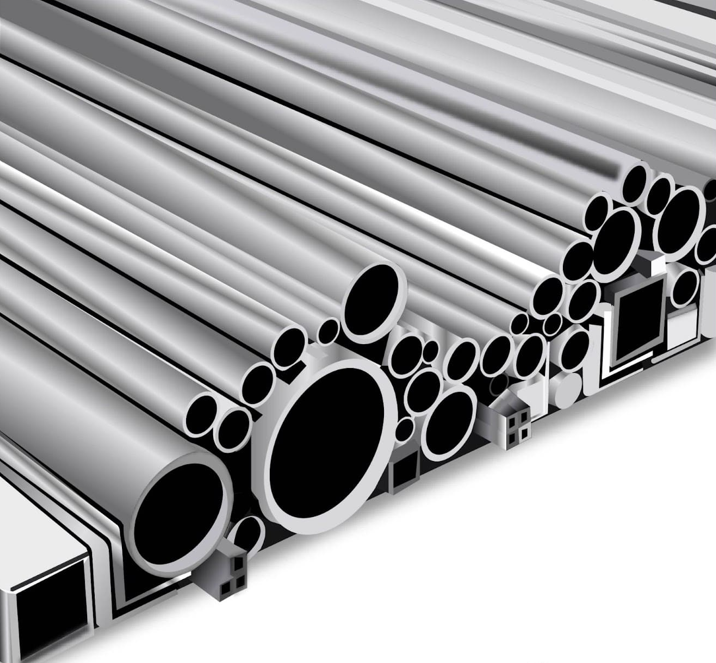
Talk about Stainless Steel Tubing- Stainless Steel Tubing
Stainless steel tubing is a strong and durable material that is used for structural purposes and is corrosion resistant with little need for maintenance. The diameters and variations of stainless tubing differ based on the requirements of an application and how it is to be used.For most people, piping and tubing are the same, which has led to a certain amount of confusion regarding the use of the two products. Since both products have a circular or round cross section, it is assumed that they perform the same functions. Unlike pipes, tubes come in multiple shapes such as square and rectangular as well as the round shape.One of the main differences between pipes and tubes is how they are used. Piping is a transport mechanism used for moving gases and liquids and not for structural purposes. It is measured by its inside diameter (ID). Tubing is used for structural purposes and is measured by its outside diameter and its wall thickness.Read more -
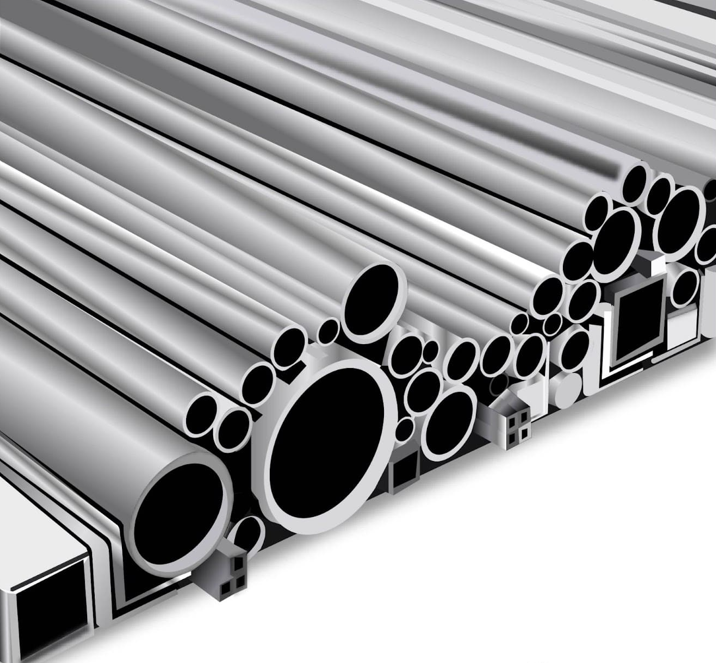
Seamless Mechanical Tube-Stainless steel pipe
Abbreviated ERW, this is a format that signals a specific welding process – actually two processes, spot and seam welding. This process involves several specific steps where the steel is unwound and trimmed, then passed through rollers to cold-form the steel into the proper shape (circular, square or rectangular).From here, the edges are forced together into a butt joint, then welded at a very high temperature to form a flash weld. Once the weld is tested, the tube passes through various sizing rolls to achieve the proper size, and then the length is cut. The materials used here will generally be available in both hot-rolled and cold-rolled formats.Read more -
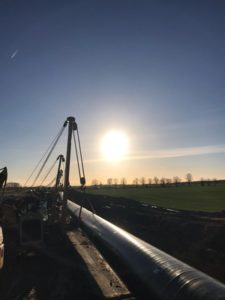
how are steel tubes made-Welded Steel Pipe-ERW Steel Pipe
The use of steel pipes was started by a Scottish inventor in 1815 connecting the tubes to convey gas for lights. In 1836, the United Kingdom had a patent for the production of seamless steel pipes by the extrusion method, but it was not until 1885 that the German Mannismann brothers invented the process of directly producing seamless pipes from bar steel. The Mannismann brothers first invented the second in 1885. The roll cross-rolling piercing machine, invented the periodic tube rolling machine in 1891, and in 1903, the Swiss R Stiefel (RCStiefel) invented the automatic tube rolling machine (also known as the head-type tube rolling machine). Later, continuous tube rolling appeared All kinds of extension machines, such as machine and pipe jacking machine, began to form the modern seamless steel pipe industry.Read more -
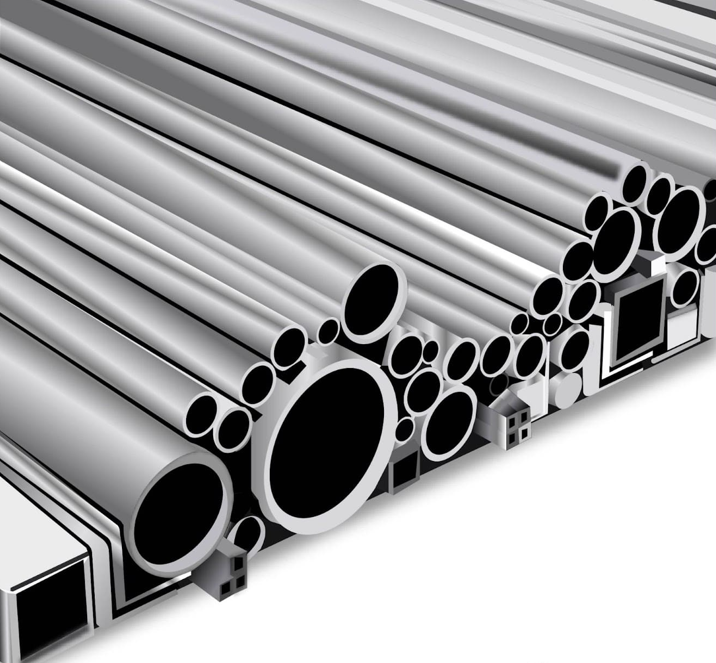
What is Stainless Steel Tubing?-Stainless steel pipe
Stainless steel tubing is a strong and durable material that is used for structural purposes and is corrosion resistant with little need for maintenance. The diameters and variations of stainless tubing differ based on the requirements of an application and how it is to be used.For most people, piping and tubing are the same, which has led to a certain amount of confusion regarding the use of the two products. Since both products have a circular or round cross section, it is assumed that they perform the same functions. Unlike pipes, tubes come in multiple shapes such as square and rectangular as well as the round shape.One of the main differences between pipes and tubes is how they are used. Piping is a transport mechanism used for moving gases and liquids and not for structural purposes. It is measured by its inside diameter (ID). Tubing is used for structural purposes and is measured by its outside diameter and its wall thickness.Read more -

Manufacturing Method of Seamless Pipe-ERW Steel Pipe
The production method of seamless pipe is roughly divided into the cross-rolling method (Mennesmann method) and the extrusion method. The former method is to first perforate the tube with a skew roll, and then extend it with a rolling mill. This method has a fast production speed, but requires higher machinability of the tube blank, and is mainly suitable for the production of carbon steel and low-alloy steel tubes. The latter method is to pierce the tube blank or ingot with a piercing machine, and then extrude it into a steel pipe with an extruder. This method is less efficient than the skew rolling method and is suitable for the production of high-strength alloy steel pipes. Both the skew rolling method and the extrusion method must first heat the tube blank or ingot, and the produced steel tube is called a hot-rolled tube. Steel pipes produced by hot working methods can sometimes be cold worked as needed.Read more -

Comparison of Hot Rolled & Cold Rolled SS Steel Pipe-ERW Steel Pipe
Hot rolled seamless steel pipe can damage the casting structure of the steel ingot, refine the crystal grains of the steel, and eliminate the defects of the microstructure. In this way, the steel organization is compacting and the mechanical properties would be improved.This improvement is reflected in the rolling direction, so that the steel is no longer isotropic to a certain extent; bubbles, cracks and looseness formed during casting can also be welded under high temperature and pressure.Read more -

Stainless steel pipe-a500 erw steel pipe tubes factories
The production process of general seamless steel pipes(smls pipe) can be divided into two types: cold-drawn and hot-rolled. The production process of cold-rolled seamless steel pipes is generally more complicated than that of hot rolling. In the sizing test, if the surface does not respond to cracks, the pipe must be cut by a cutting machine and cut into a blank of about one meter in length. Then enter the annealing process. Annealing needs to be pickled with acidic liquid. When pickling, pay attention to whether there is a lot of blistering on the surface. If there is a lot of blistering, it means that the quality of the steel pipe does not meet the corresponding standards. In appearance, cold-rolled seamless steel pipes are shorter than hot-rolled seamless steel pipes. The wall thickness of cold-rolled seamless steel pipes is generally smaller than that of hot-rolled seamless steel pipes, but the surface looks brighter than thick-walled seamless steel pipes. Much rough, without too many burrs.Read more -
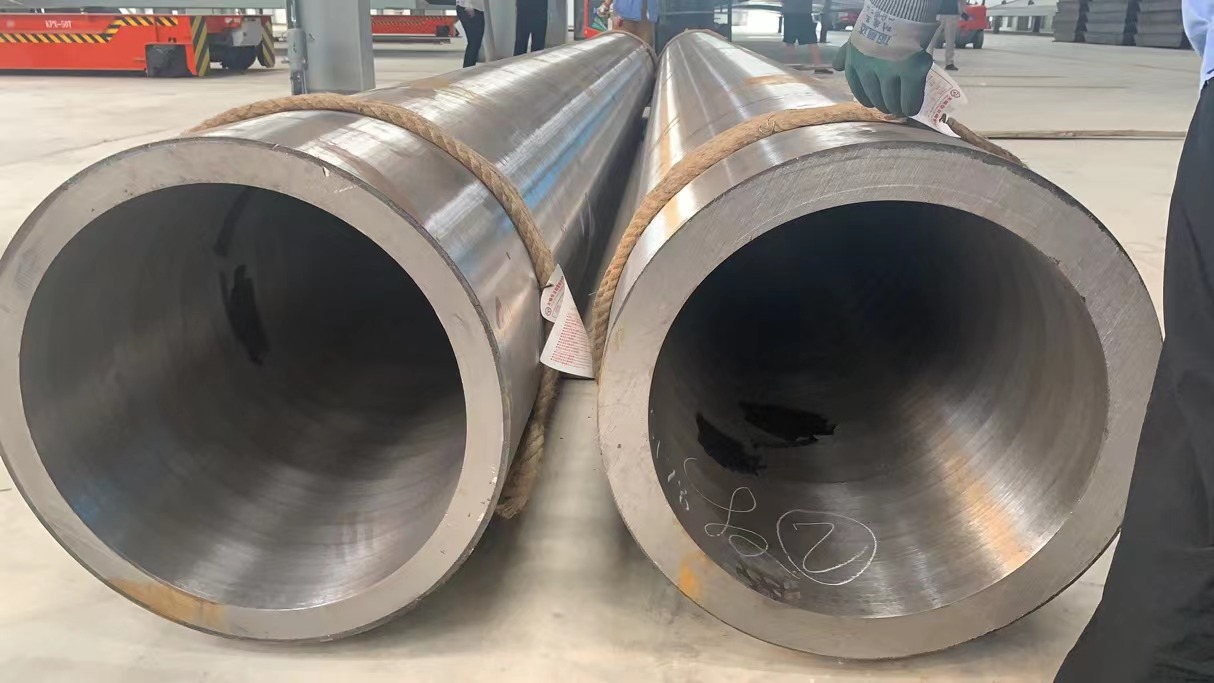
Exploring the welded tube making process-Welded Steel Pipe
Four different welding processes are typically used for making tube. Since there is no filler metal in these welds, the welds are at least as strong as the parent metals.High Frequency (HF) Welding. Today, most mild steel and aluminum tube is welded with HF welders, which are also suitable for 400 series stainless and even 300 series if the tubing is for decorative use.Nearly 95 percent of the HF welders sold are solid-state, using transistors to generate the alternating frequency current. Research has been undertaken to weld products less than 1/4 inch in diameter and to extend the ability of the welder to produce a pressure-quality weld on 300 stainless steel at high line speeds.Read more -
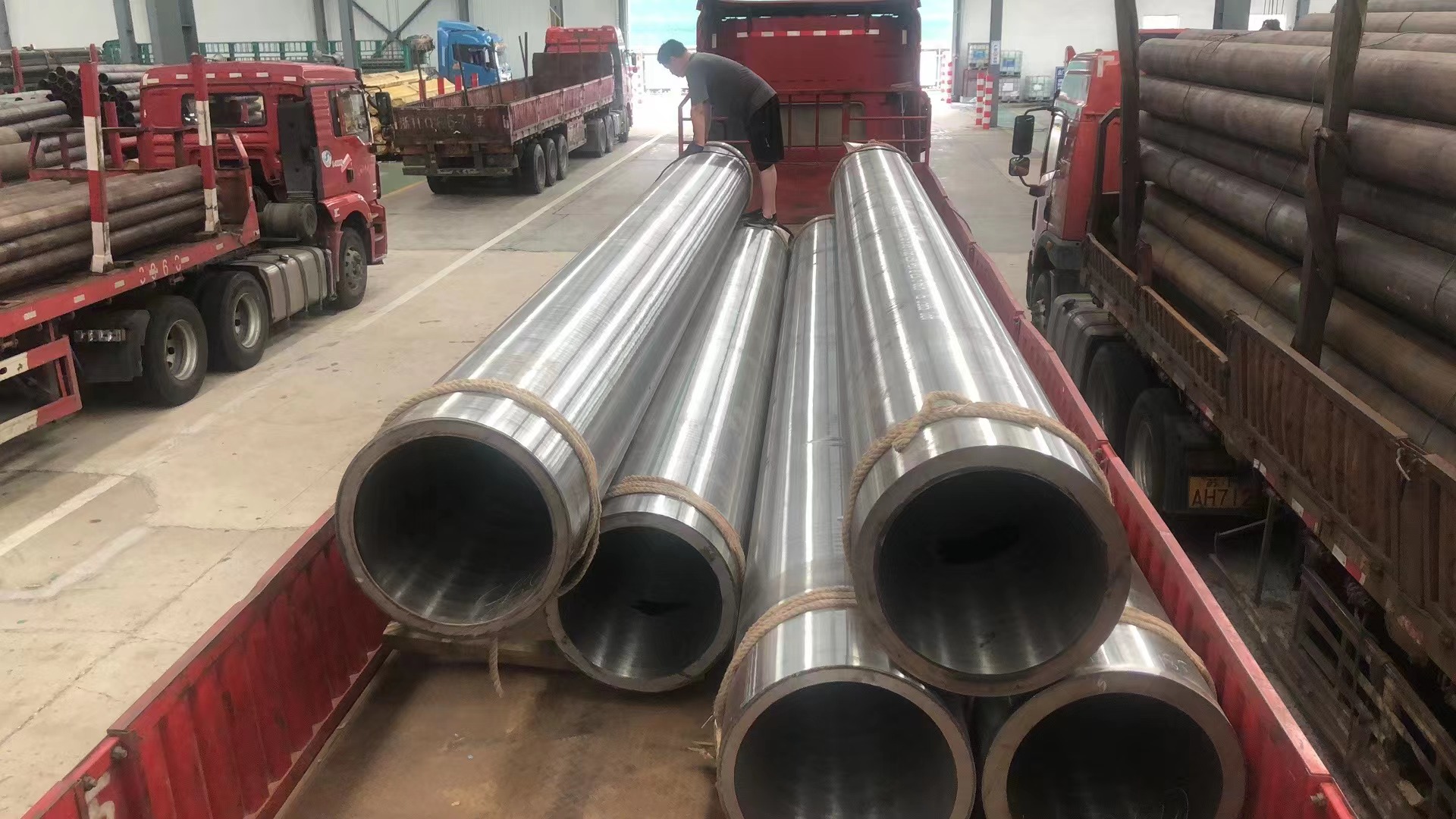
Methods Of Manufacturing Steel Tubes And Pipes-ERW Steel Pipe
Billet-Heating-Mannesmann piercer-Elongator-Plug mill-Reeler-Reheating-SizerWhen a seamless pipe is made by rolling, the rolling method involves piercing the material while it is being rolled, and is suitable for mass production. The figure shows the manufacturing process used in the Mannesmann plug mill, which is a typical rolling process. The Mannesmann-type piercer reduces the material by rolls that are inclined obliquely to each other. When the round billet is rotated while being compressed in the diametric direction, the central part of the billet becomes loose, which makes it easy to pierce a hole through the center. This is called the Mannesmann effect. The pierced portion is expanded by the elongator, and the wall thickness is then thinned and elongated by the pug mill. The internal and external surfaces are smoothed by the reeler, and the final dimensional adjustments are made by the sizer.Read more